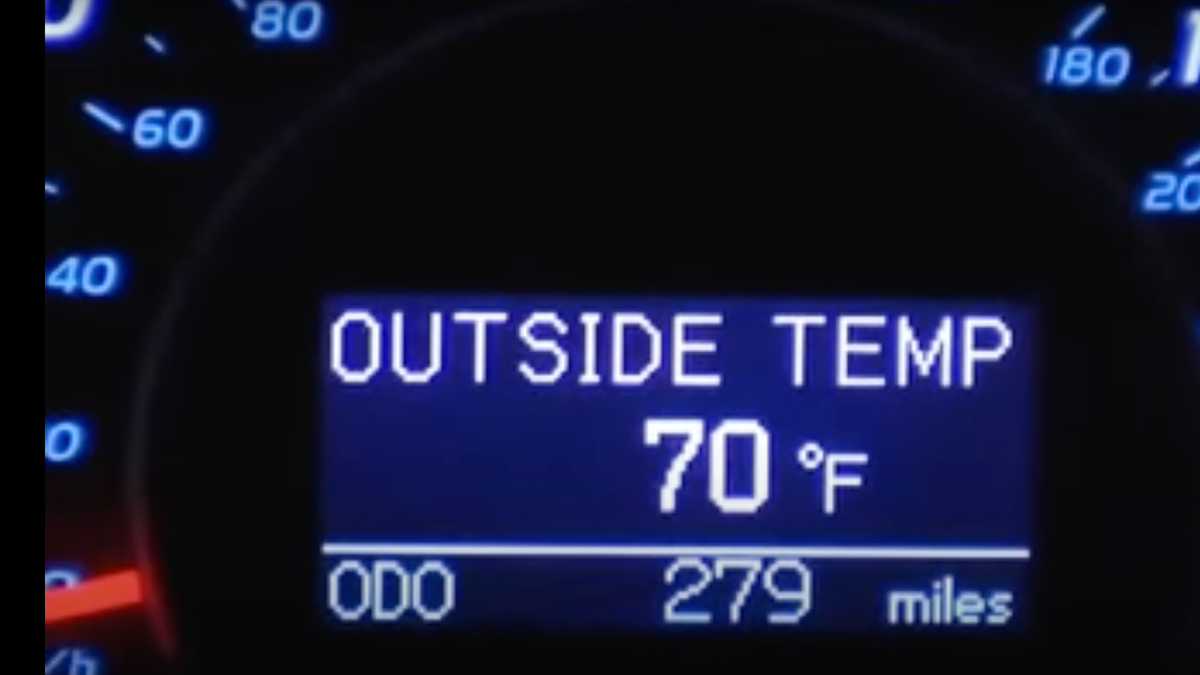
No matter where you are in the country right now, it’s hot. (Wrong. —Ed.) From New York City to San Diego, it’s like God has set up a massive hair dryer over the continent. If you happen to be in your car though and you want to know just how hot it is, don’t count on your car’s thermometer being accurate, as The Weather Channel explained.
Despite nearly every vehicle on the road having an outside temp readout somewhere on the dash, cars don’t actually have thermometers built into them. Instead, they’re equipped with thermistors. The difference comes down to one using mercury to measure outside temps and the other measuring temps based on changes in electrical currents.
Most commonly, the temperature is measured with a mercury thermometer. The liquid mercury inside the thermometer expands and rises to a certain value when heat is added, and contracts and falls to a lower value when heat is removed.
A thermistor, on the other hand, measures the change in electrical current as a result of heat added or removed. The problem is not with your car’s thermistor itself; in fact, thermistors are typically accurate, not to mention small and cheap to make.
The problem with thermistors on cars is that they’re usually placed at the front of the car within or behind the grille. The Weather Channel says that because of this placement, the thermistors are measuring the temp of the heat radiating from the ground. As we all know, road surfaces absorb a lot of heat and solar radiation. This means that the temperature difference between what your car is saying and the actual outside temperature can be as much as 10 degrees.
Usually this temp difference isn’t much of an issue. This difference though can be dangerous during the winter. A driver could unknowingly be going through below freezing temps and not even know it as The Weather Channel pointed out.
A near-freezing temperature could mean the difference between wet roads and black ice, but if your car is telling you it’s 34 degrees, it may actually be at or below freezing.
So just remember, if you’re in extreme weather or just want to know how hot or cold it is outside, take your vehicles outside temperature reading with a grain of salt.







